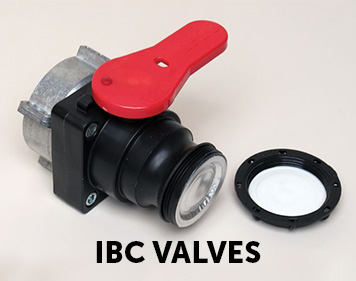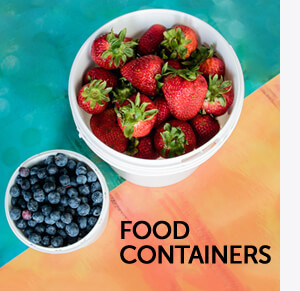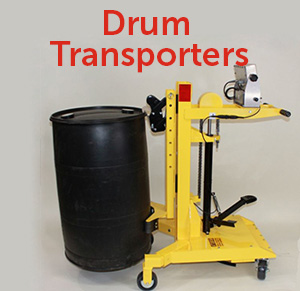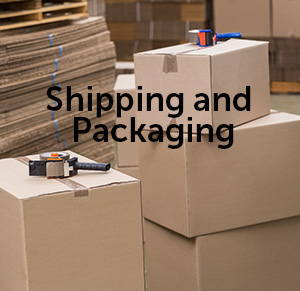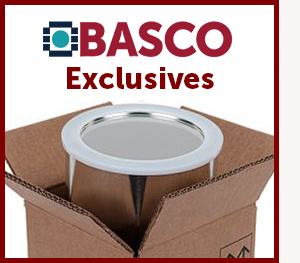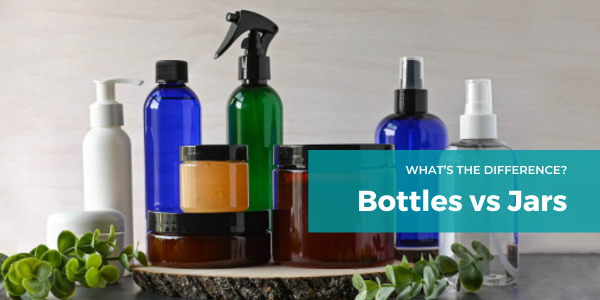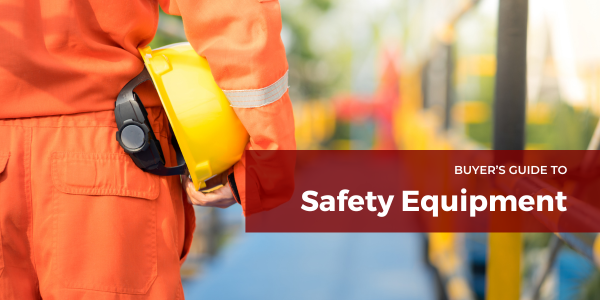Buyer's Guide to Shipping and Packaging Products
What to look for in Shipping and Packaging products?
When looking for shipping and packaging products, there are several factors you should consider to ensure that your products are properly protected during transit and arrive at their destination in good condition.


Key factors to consider for your Shipping and Packaging
- Size and Strength: Choose packaging materials that are strong enough to protect your product during shipping. The size of the packaging should be appropriate for your product, providing enough room to add cushioning materials without being too large and causing the product to shift during transit.
- Cushioning: Select materials that provide adequate cushioning to protect your product during shipping. Bubble wrap, packing peanuts, and foam inserts are all popular cushioning materials.
- Durability: Consider the durability of the packaging materials you choose. The packaging should be able to withstand the rigors of shipping without breaking or tearing.
Security: Choose packaging materials that will keep your product secure during shipping. Use tape or shrink wrap to seal the packaging and prevent it from opening during transit. - Environmental Impact: Consider the environmental impact of the packaging materials you choose. Recyclable, biodegradable, or reusable materials are a more sustainable option than traditional single-use packaging.
Overall, it is important to choose shipping and packaging products that will provide the necessary protection for your products during transit, while also being cost-effective and environmentally friendly.
What materials are used for secure packaging and shipping?
There are several materials commonly used for secure packaging and shipping. The specific materials used will depend on the product being shipped and the level of protection required. Here are some examples of materials commonly used for secure packaging and shipping:
- Corrugated Cardboard: Corrugated cardboard is a popular material for shipping boxes and packaging because it is strong, lightweight, and affordable. It can be used for a variety of products and can be customized to fit the size and shape of the product being shipped.
- Bubble Wrap: Bubble wrap is a cushioning material made of plastic with small air pockets. It provides excellent protection for fragile items by absorbing shock and preventing movement during transit.
- Foam Inserts: Foam inserts are custom-fit inserts made of foam that provide excellent protection for delicate or fragile items. They are often used for electronics or other items with irregular shapes.
- Air Pillows: Air pillows are inflatable plastic pouches that can be used for cushioning and fill space in a shipping box to prevent items from shifting during transit.
Packing Peanuts: Packing peanuts are a lightweight and inexpensive cushioning material made of foam or starch. They can be used for general cushioning or to fill voids in a shipping box. - Shrink Wrap: Shrink wrap is a plastic film that can be used to wrap and protect items during transit. It provides a tight seal that can help prevent tampering and protect against moisture and dust.
- Tamper-Evident Tape: Tamper-evident tape is a special tape that has a pattern or message that reveals if the package has been opened or tampered with during transit.
When selecting materials for secure packaging and shipping, it is important to consider the specific needs of the product being shipped and the shipping method being used to ensure that the packaging provides adequate protection during transit.
Are there shipping and packaging regulations?
Yes, there are shipping and packaging regulations that must be followed to ensure the safe and legal transportation of goods. These regulations can vary depending on the type of product being shipped, the shipping destination, and the shipping method used. Here are some common regulations to be aware of:
- International Shipping Regulations: International shipping regulations vary by country and can include restrictions on the types of products that can be shipped, as well as packaging and labeling requirements. It is important to check with the destination country's customs office for specific regulations before shipping internationally.
- Hazardous Materials Regulations: If you are shipping hazardous materials, such as chemicals or batteries, there are specific regulations that must be followed. The Department of Transportation (DOT) in the United States regulates the shipping of hazardous materials and requires specific packaging, labeling, and documentation.
- Food and Drug Administration (FDA) Regulations: If you are shipping food or medical products, there may be specific regulations that must be followed to ensure the safety and quality of the products. The FDA regulates the shipping of these products and may require specific packaging or labeling requirements.
- Environmental Regulations: There may be environmental regulations that must be followed when shipping certain products, such as restrictions on the use of certain materials or requirements for recycling or disposal of packaging materials.
It is important to be aware of and comply with all shipping and packaging regulations to ensure the safe and legal transportation of goods. Failure to comply with these regulations can result in fines, delays, or even legal consequences.
Your list of Basco’s shipping and packaging supplies here:
Do you need shipping and packaging products in your industry? Contact us today!
With over 75 years in the packaging game, BASCO has seen it all. Even the most niche of industries have trusted us to provide them with the packaging they need, at a price that's fair. We're here five days a week, ready to answer the phone or respond to your emails, and help you find the perfect container for the job. Contact us here if you have any questions!


